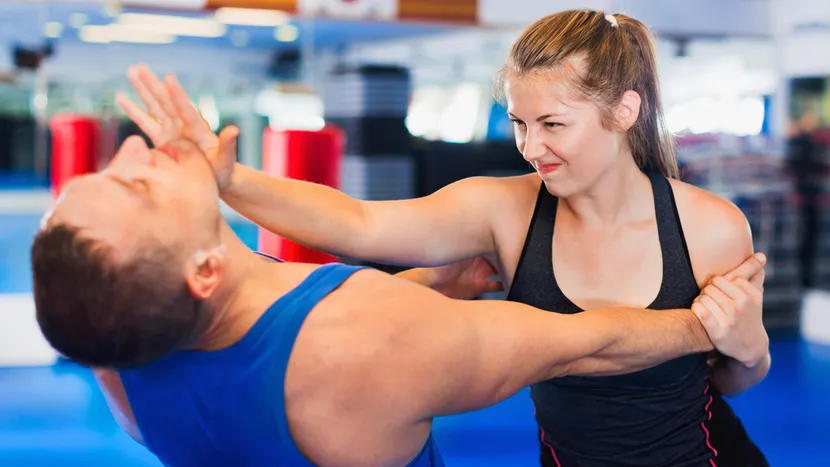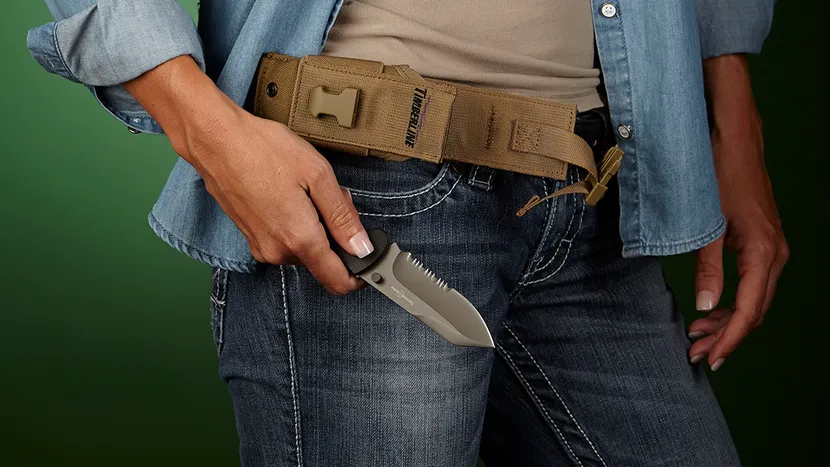November 05 | 2020

Many people look to go to some form of martial arts class to improve their self-defense skills. This could be very formal and stylized in a Traditional setting, more casual and physical in a combat sport environment, or something ‘street’, wearing regular clothing and featuring brutal ‘dirty’ fighting (more on dirty fighting in another blog!).
To a certain extent this is a valid path and I’m sure the readership of Black Belt Magazine will all veer towards one form or another of the above examples. However, there are some things that can be done which are ultimately far more effective at self-protection than any physical class can give you. The trouble is they don’t ‘fit’ into what most people think of as self-defense and so they are often ignored or overlooked. The good news is that these are fairly simple concepts to learn and can be done at any time. But they aren’t necessarily easy. As with most things worthwhile, they take practice.
For the sake of keeping things short I will split these self-defense concepts into smaller Sections – this three-part blog is about the mental side of Self Protection or, if I borrow from my Krav Maga training, The Timeline.
What is The Timeline?

Typical self-defense training focuses on any number of calamitous scenarios you find yourself in ranging from clumsy punches, ineffective grappling and laughable ‘here is the knife I’m going to hurt you with, I’ll just stand still while you do something cool’ up to actual semi-realistic set ups where you have to know how to respond appropriately. All that is great for the MOMENT that lasts about 2 to 20 seconds but what about the entire event?
Self-Protection starts now. Seriously, right now, here, with you reading this article. You make a conscious decision that you are going to better prepare yourself. Yeah, yeah OK I’m in, but now what? Every single day to day functional decision you make should, in some way, be related to you and your loved one’s protection. Not deciding what to eat later, or what to watch on T.V. tonight, but as in, how you go about your day to day routine. The daily tasks that are repetitive and mundane, that often do not get a second thought, are where your self-protection routine begins.
Part 1 – Before ‘Incident’

These are standard habits regarding how you leave the house and set you up for the day. What clothes do you wear when you leave the house? What items will you carry with you? How will you carry them? What vehicle will you be using? Where will you be going? Could there be any unexpected detours on your itinerary? Who will you be with?
I’ll use a personal example, but you can adapt this according to your own circumstances – you’ll get the idea.
When I get up I decide what clothes I’m going to wear. If I go to the gym, do I put gym gear in a bag and wear trousers with a belt so I can carry my gun and a knife? This would be appropriate if I’m expecting to go somewhere before or after the gym. Or is this just a gym and back home trip so I can ‘get away’ with merely having the gun in the car?
When I buy clothes they are all capable of being able to fight, kick, and run in. I literally go in the dressing room and throw a few kicks to see how much agility I have before buying a new pair of pants. T-shirts have to be loose around the waist for concealment of a handgun. Pockets have to be deep enough to not just carry a wallet, car keys and cell phone but also a spare magazine and knife.
The holster I choose has to be safe but also have a certain degree of retention. Personally I choose to use a Kydex type. The molded snug fit, along with the tension of being held in place inside my waistband means that I know my pistol won’t fall out even If I am upside down and grappling with someone. How do I know this to be true….? I tested it.
Do I have the training to even use my handgun? This exact one. Can I shoot accurately, under stress? Do I have the legal right such as a Carry Permit?
Will I be driving a vehicle that is fast or slow? Can it go ‘off road’ meaning jump a curb and drive away from a bad situation by crossing the median or am stuck where I am? Am I on a motorcycle that is far more maneuverable?
Do I carry an EDC First Aid pack? If so, what is in it? Do I even know how to use the contents?
All of these habits, considerations, and choices I make before I even leave my house matter. They form a mindset of preparedness. Not paranoia mind you, but calculated judgment calls about where I’m going and what I can take with me to make things go better if the worst happened. If I need to run can I do it in the shoes I have on? Am I carrying an injury? Do I have weapons of my own with me or close by? Have I been trained in first aid?
Setting yourself up for success by preparing your Every Day Carry (EDC) behaviors make everything else down the Timeline easier to handle.
Don’t worry Martial Artists, the fighting will be discussed later!
Paul Landreth-Smith is a 5th Dan in Tae Kwon Do, 6th Dan Kickboxing, an eternal Blue Belt in BJJ and a 3rd Dan in Krav Maga and a Director of Krav Maga Universal. Ex Doorman, 18 years as a cop, 11 years of which in an elite SWAT unit. Now a paramedic and runs training courses for LE and civilians in defensive tactics and firearms training. Author of Sheepdog with a Black Belt.
